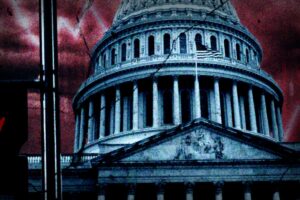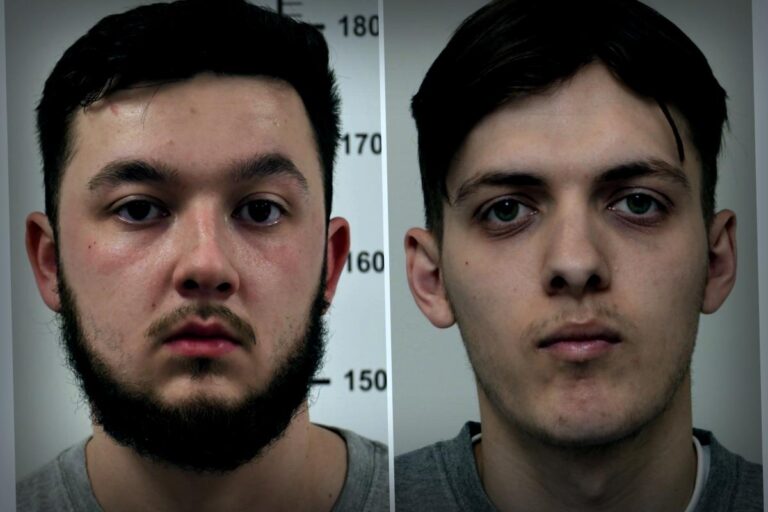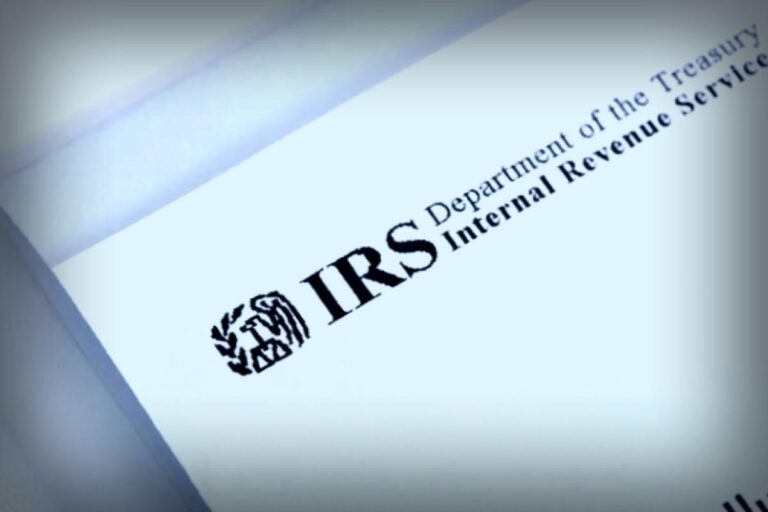Bratislava is facing an unsettling increase in crime, and local leaders are throwing the blame squarely on the government’s recent changes to the law. Mayor Matúš Vallo claims that a new legal framework has effectively decriminalized petty theft, creating an environment where criminals feel more emboldened. He, alongside district mayors, is calling for the government to restore crucial provisions in the Criminal Code which, in his view, have caused measurable harm to safety in the community.
This controversial amendment was pushed through by the left-leaning coalition led by Robert Fico earlier this year. The law increased the threshold for prosecuting theft from €299 to €700 (or around $750), leaving many minor thefts unaddressed. City officials suggest that this change has directly contributed to a rise in shoplifting, drug activities, and other forms of street crime.
“The feeling of safety on our streets is disappearing,” stated Vallo during a press conference in the Ružinov district, held on a recent Wednesday. “The government has to respond swiftly to this situation. This legislation has caused severe damage, and it’s palpable in our daily lives.”
Community Leaders Call for Action
Local officials are advocating for stricter penalties for repeat offenders and a revival of sobering-up centres, which were shut down over twenty years ago. They are also pushing for a greater presence of national police in the capital and tighter regulations on pawnshops accused of supporting the market for stolen goods.
“People swipe items in malls, then sell them at pawnshops nearby, using that cash for drugs,” expressed Martin Chren, the mayor of Ružinov, highlighting the neighborhood known as “500 flats” near Mlynské Nivy bus station as a hotspot for criminal activity.
In a span of just three months, municipal police reported needing to intervene 221 times in the district. Concerns are resurging about safety in other areas, including Vrakuňa, as well as major public transport hubs like Trnavské mýto and Kamenné námestie, where residents now feel increasingly unsafe after dark.
Government Officials Respond
Interior Minister Matúš Šutaj Eštok, representing the ruling Hlas party, refuted any connection between the uptick in crime and the new legal adjustments, suggesting that Vallo is politicizing the situation. He facetiously remarked, “Perhaps if he ramped up the municipal police force as aggressively as his public relations team, it would make a difference.” Eštok argued that petty crime spikes are a natural trend in large cities and pointed out the government measures introduced to enhance police presence in Bratislava by increasing housing allowances.
Vallo countered this argument by noting that the city’s budget for police has nearly doubled, from €8.8 million in 2018 to €17.4 million now, while local officers still lack proper authority to address drug offenses and property crimes due to the absence of national backing.
“What we need isn’t political games but genuine cooperation,” he emphasized, underscoring that people simply wish to feel safe in their living spaces.
Tackling the Crime Issue
In the midst of ongoing tensions, both local and national authorities are working on tactical responses. The Interior Ministry is drafting crime hotspot maps, mirroring an initiative already executed by city police, although neither dataset is accessible to the public at present. There are also plans to strengthen municipal police powers through legislative modifications.
The topic was addressed earlier in September during a press event named “Stealing Doesn’t Pay Off,” featuring Minister Eštok and Justice Minister Boris Susko from Smer. They attributed the crime rise to social pressures arising from the pandemic, energy issues, and rising food prices, with Susko also directing blame toward media narratives and opposition parties.
However, security analyst Martin Královič highlighted that the real challenge lies in public perception: “Even if the statistics show little variation, the fear people feel in their own neighborhoods is what’s crucial to address.”
















